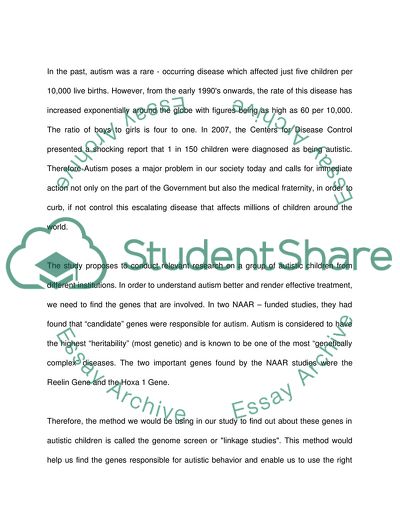Cite this document
(Autism and Autistic Disorders Research Proposal, n.d.)
Autism and Autistic Disorders Research Proposal. https://studentshare.org/health-sciences-medicine/1718654-autism
Autism and Autistic Disorders Research Proposal. https://studentshare.org/health-sciences-medicine/1718654-autism
(Autism and Autistic Disorders Research Proposal)
Autism and Autistic Disorders Research Proposal. https://studentshare.org/health-sciences-medicine/1718654-autism.
Autism and Autistic Disorders Research Proposal. https://studentshare.org/health-sciences-medicine/1718654-autism.
“Autism and Autistic Disorders Research Proposal”. https://studentshare.org/health-sciences-medicine/1718654-autism.


